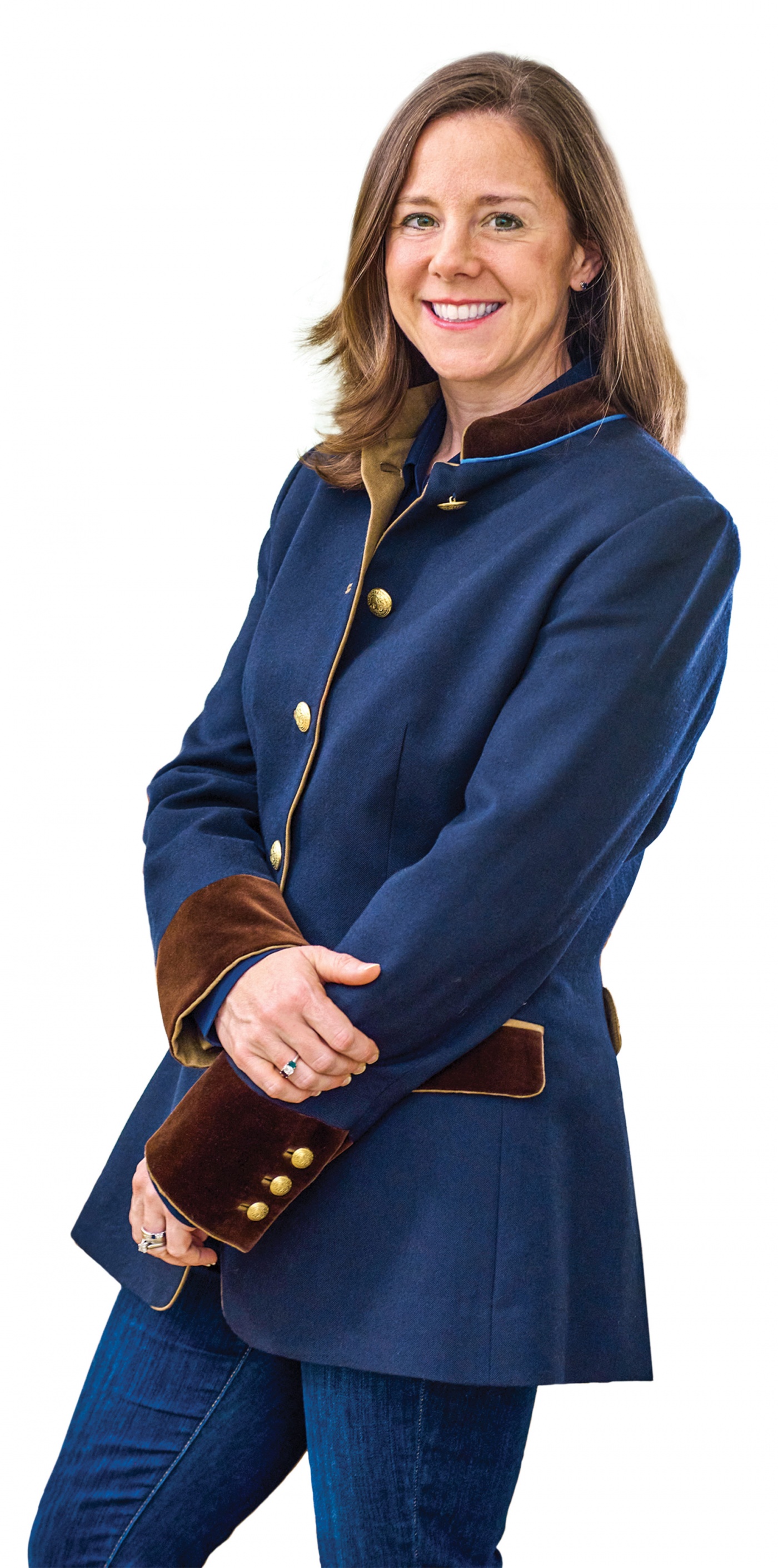Keeping Germs Away
Purell’s CEO on the crazy demand for hand sanitizer
Just as Carey Jaros ’00 became the CEO of Gojo—the company that produces Purell hand sanitizer—she started hearing reports about a virus in Wuhan, China. The first U.S. case was reported a few weeks later and by the end of the month the WHO had declared a world health emergency.
“That’s when overnight our orders went up by about ten times,” Jaros recalls. “We had to make the decision to turn on production 24/7… and it’s been essentially a sprint since then.”

It’s been 32 years since the Ohio-based, family-run Gojo invented Purell, but the product was never more popular than in 2020, when it became a literal life or death necessity. Jaros quickly made the decision to pour millions of dollars into building new facilities, hiring hundreds more personnel, and locating more sources for the increasingly scarce hand sanitizer materials. The company had to find alternative bottles and caps, and Jaros even took to smelling new batches of ethyl alcohol after the company depleted its normal annual supply by spring and had to find different sources that still met its standards. Now, Gojo produces a billion doses (pumps from a dispenser) of hand sanitizer a day.
“We are making these investments on a week-by-week and month-by-month basis, producing more products to make sure that every single one of our customers who needs Purell to be healthy and well will be able to get it,” says Jaros, a public policy concentrator at Brown. “We did all of this without raising prices on our products one penny.”
In the early days of the pandemic, online vendors hawked Purell for hundreds of dollars and in the rare instance it was found on store shelves it didn’t last long. Jaros and Gojo revamped their policies and worked closely with distributing partners to ensure that Purell was being delivered to people and places with the greatest need for it, instead of to opportunistic middlemen. They also decided to produce a new product specially designed for long-term-care facilities, which were not one of Gojo’s traditional customers.
While Jaros had worked at the company for six years before taking the helm, she believes that being a new CEO actually proved to be an advantage in some ways.
“I had no expectation of myself that I knew everything,” she says. “My default mode was to ask lots of questions and pull together teams who had broad experience to seek consensus and talk things through.”
To cope with all the logistics, Jaros oversaw a management system where one group
focused on producing as much hand sanitizer as possible, and another figured out how to ethically allocate the product to where it was most needed, especially hospitals, grocery stores, and other places employing frontline workers. Sometimes, the need to limit distribution came at the expense of simply funneling large quantities of Purell to the distributors Gojo traditionally sold to—a sacrifice Jaros was willing to make.
For her longtime friend and former colleague Dan Haas ’88, it is no surprise that Jaros would place public health ethics over profits.
“She has this unwavering moral compass that guides her in her decisions,” says Haas. “I think the next chapter on leadership studies is going to be on people like Carey and the Gojo team on making the right decisions.”





